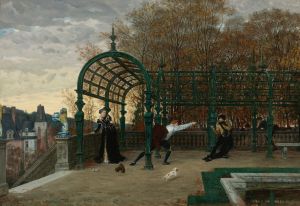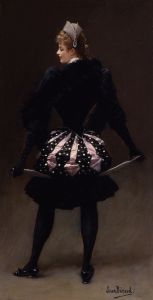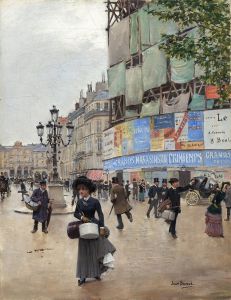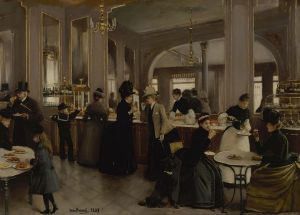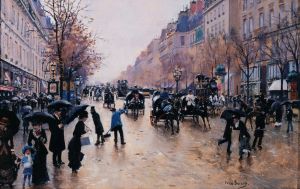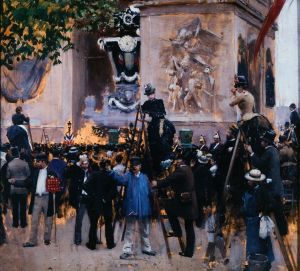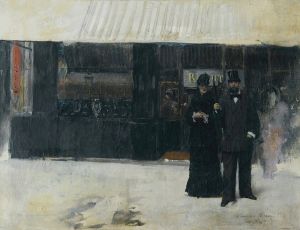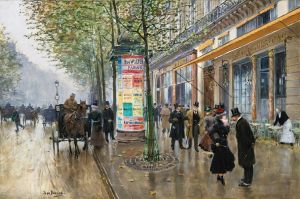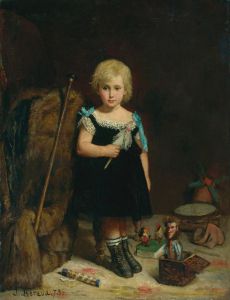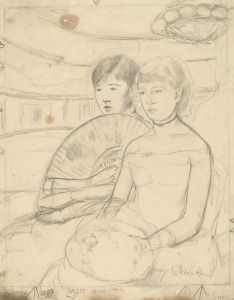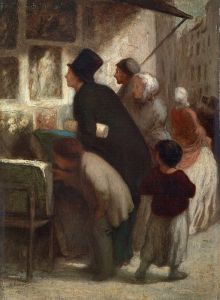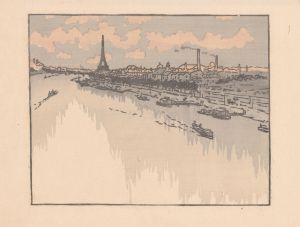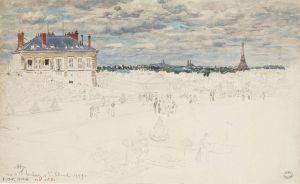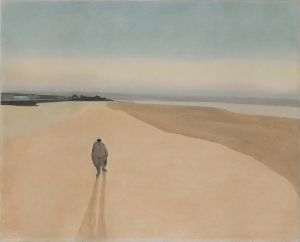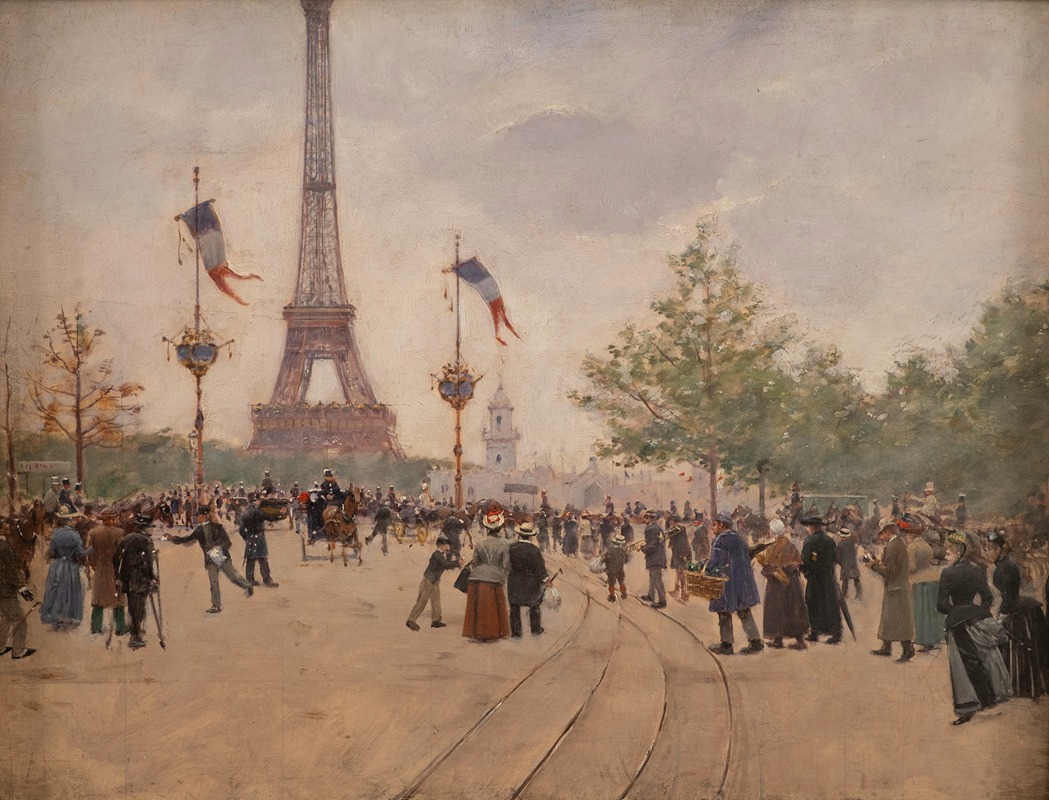
Entrée de l’exposition universelle de 1889
A hand-painted replica of Jean Béraud’s masterpiece Entrée de l’exposition universelle de 1889, meticulously crafted by professional artists to capture the true essence of the original. Each piece is created with museum-quality canvas and rare mineral pigments, carefully painted by experienced artists with delicate brushstrokes and rich, layered colors to perfectly recreate the texture of the original artwork. Unlike machine-printed reproductions, this hand-painted version brings the painting to life, infused with the artist’s emotions and skill in every stroke. Whether for personal collection or home decoration, it instantly elevates the artistic atmosphere of any space.
Jean Béraud, a notable French painter renowned for his depictions of Parisian life during the Belle Époque, created the painting "Entrée de l’exposition universelle de 1889." This artwork captures a significant historical event, the Exposition Universelle of 1889, which was held in Paris to celebrate the 100th anniversary of the French Revolution. The exposition is particularly famous for the construction of the Eiffel Tower, which served as the entrance arch to the fair and has since become an iconic symbol of France.
Béraud's painting vividly portrays the bustling atmosphere at the entrance of the exposition. The scene is filled with a diverse crowd, reflecting the international nature of the event, which attracted visitors from all over the world. The painting is a testament to Béraud's keen observation skills and his ability to capture the essence of Parisian society at the time. His attention to detail is evident in the depiction of the clothing, expressions, and interactions of the figures, providing a snapshot of the fashion and social dynamics of the late 19th century.
The Exposition Universelle of 1889 was a showcase of technological innovation and cultural exchange. It featured numerous pavilions dedicated to different countries, industries, and arts, highlighting advancements in science, technology, and the arts. The event was a platform for countries to display their achievements and foster international cooperation. The Eiffel Tower, designed by Gustave Eiffel, was initially met with mixed reactions but ultimately became the centerpiece of the exposition and a lasting legacy of the event.
Jean Béraud's work is characterized by its focus on contemporary urban life, and "Entrée de l’exposition universelle de 1889" is no exception. His paintings often feature scenes of Parisian streets, cafes, and public events, capturing the vibrancy and elegance of the city. Béraud's style combines elements of realism and impressionism, allowing him to convey both the detail and the atmosphere of the scenes he depicted.
The painting not only serves as a historical record of the 1889 exposition but also reflects the broader cultural and social context of the time. The Belle Époque was a period of relative peace and prosperity in Europe, marked by significant advancements in the arts, technology, and society. Béraud's work provides insight into this dynamic era, illustrating the optimism and innovation that characterized the period.
In summary, "Entrée de l’exposition universelle de 1889" by Jean Béraud is a significant work that captures a pivotal moment in history. Through his detailed and lively depiction of the exposition's entrance, Béraud offers a glimpse into the cultural and social milieu of late 19th-century Paris. The painting remains an important piece for understanding the historical context of the Exposition Universelle and the artistic achievements of Jean Béraud.





